This exhibition of Black women artists explores the meaning of making
‘There are a lot of people who are designers, but very few people who are makers.’
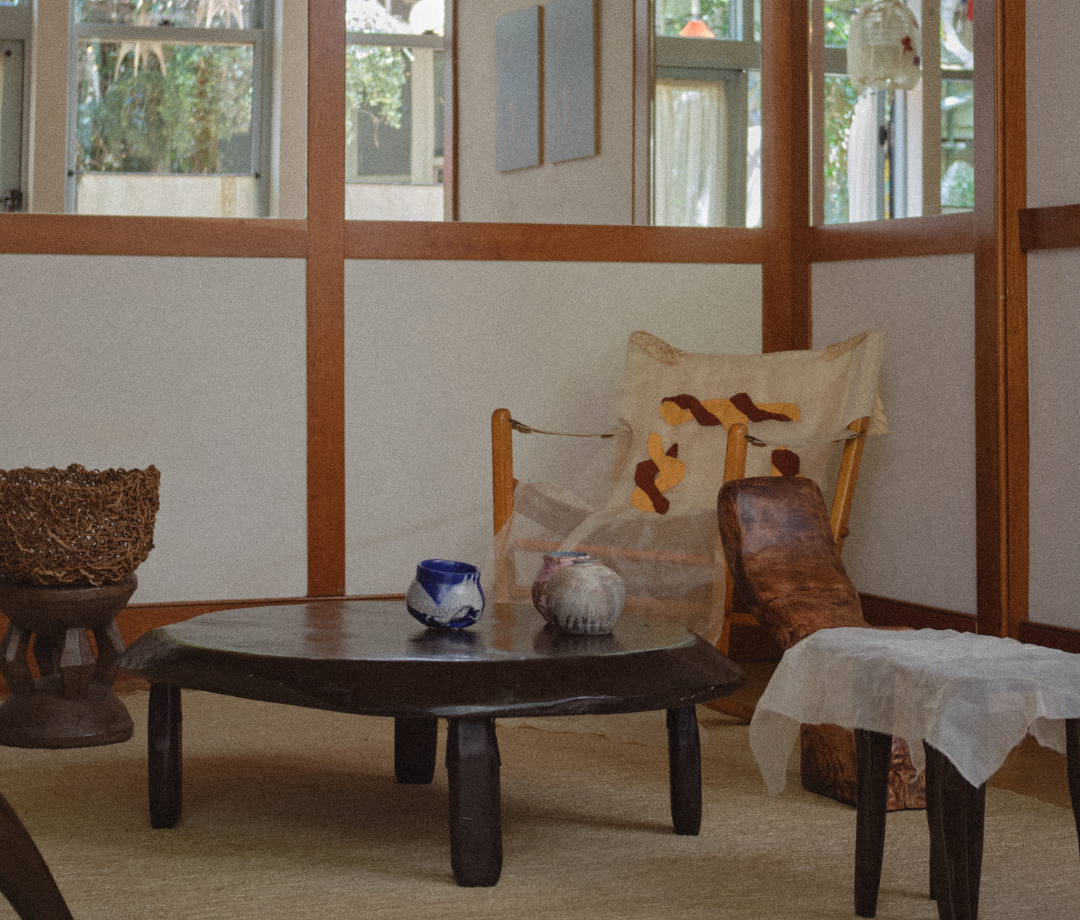
A small gallery at the Standard East Village has been transformed into what feels like a very stylish – and personal– living room for ‘Innerwoven,’ an exhibition of Black women artists held in conjunction with New York’s design week.
All of the items in the space – including carved wood chairs by Nifemi Ogunro, textile collages by Sarah Nsikak, photographs by Beoncia Dunn and floral arrangements by Karla Smith-Brown, plus an assortment of antiques – are handmade by the artists themselves.
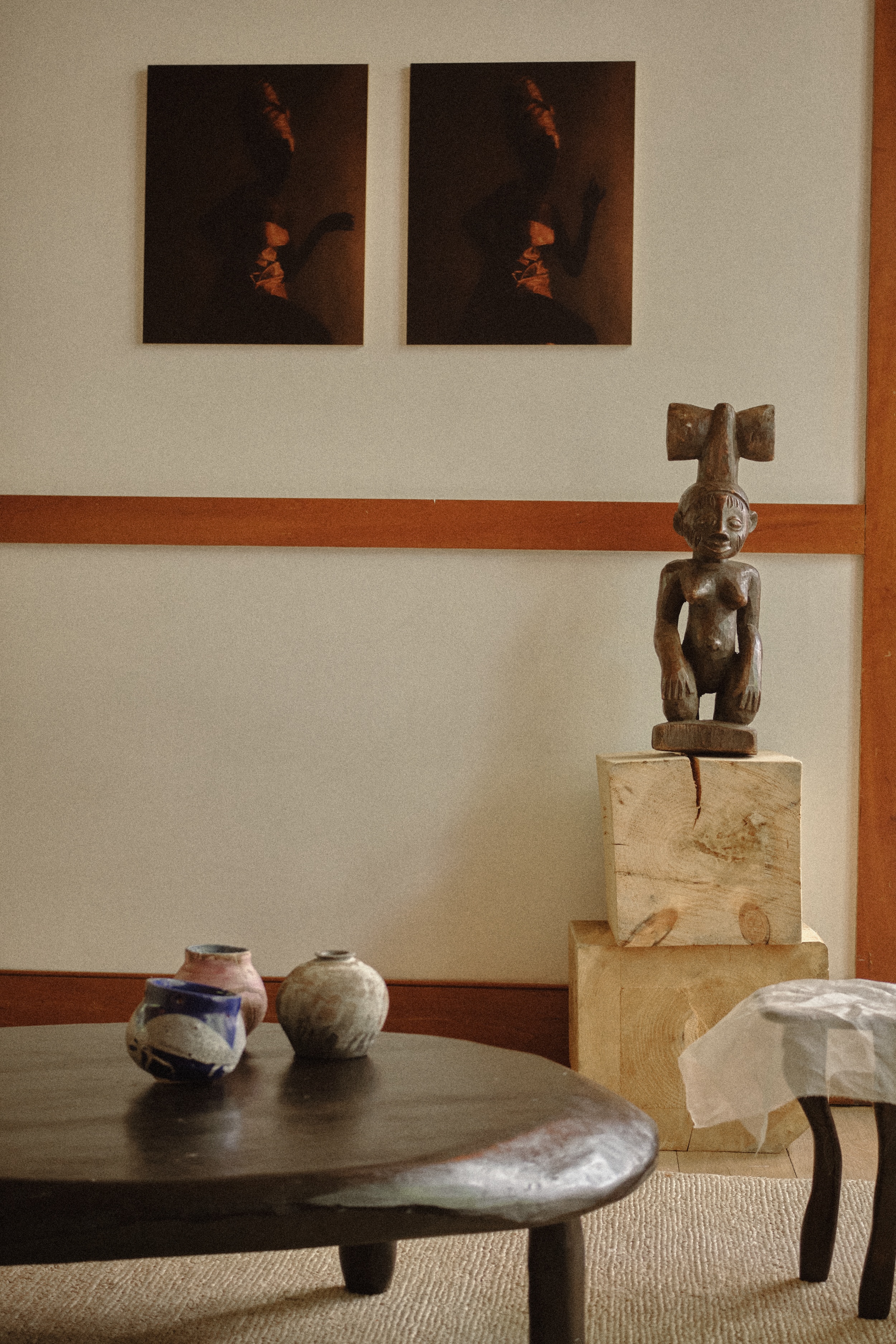
‘There are a lot of people who are designers, but very few people who are makers,’ says Tione Trice, the exhibition’s curator and founder of the itinerant gallery Of the Cloth. ‘The show is about the bravery that these women show up with daily in order to navigate the spaces they’re in as people who utilize their hands to show their strength and share that with the world.’
The meaning behind making is a core theme in the show. In a panel moderated by design editor Sydney Gore held ahead of the exhibition’s opening on Monday, the women in the exhibition shared how shifting from a creative profession into an artistic practice expanded the possibilities of their work, and helped them feel more nourished by it. For most of them, creating art was a pathway through professional burnout. And for all, it’s a way to feel more connected to their identity.
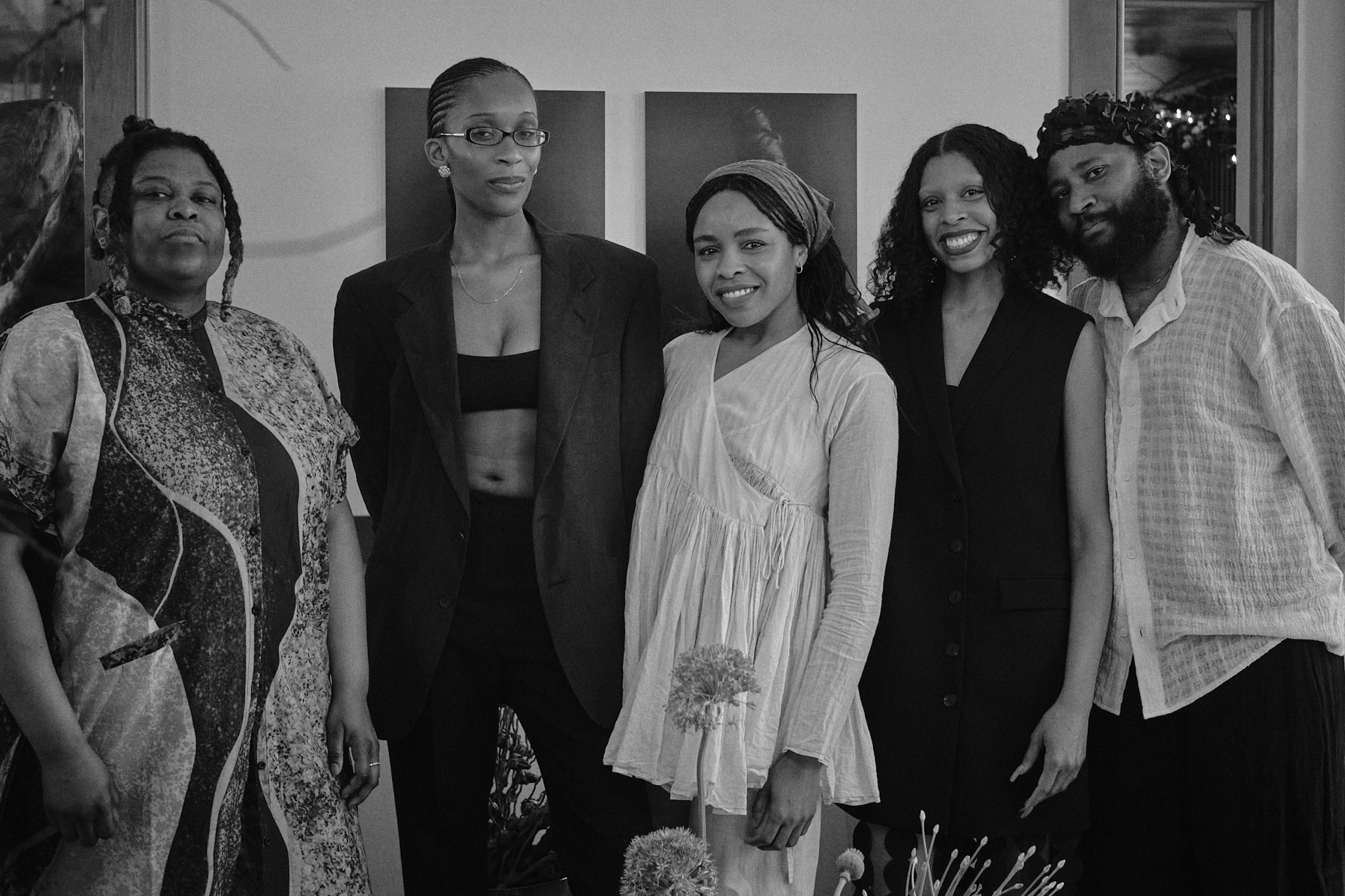
Nsikak—who worked for fashion brands like Mara Hoffman and Caron Callahan before launching her own label, La Reunion, and an artistic practice—described how learning about weaving traditions in Nigeria, where her family is from, validated what she describes as an ‘ancestral urge’ to work with textiles. Her contributions to the show included a wall hanging and delicate, gauzy lampshades stitched from fabric remnants.
Similarly, Dunn—who built a successful wardrobe styling practice that included clients like Beyoncé, Sha’Carri Richardson and Mereba—said that shifting into filmmaking and photography felt like ‘divine alignment.’ For ‘Innerwoven,’ she produced a film featuring women she styled, then took stills and mounted them on wood blocks.
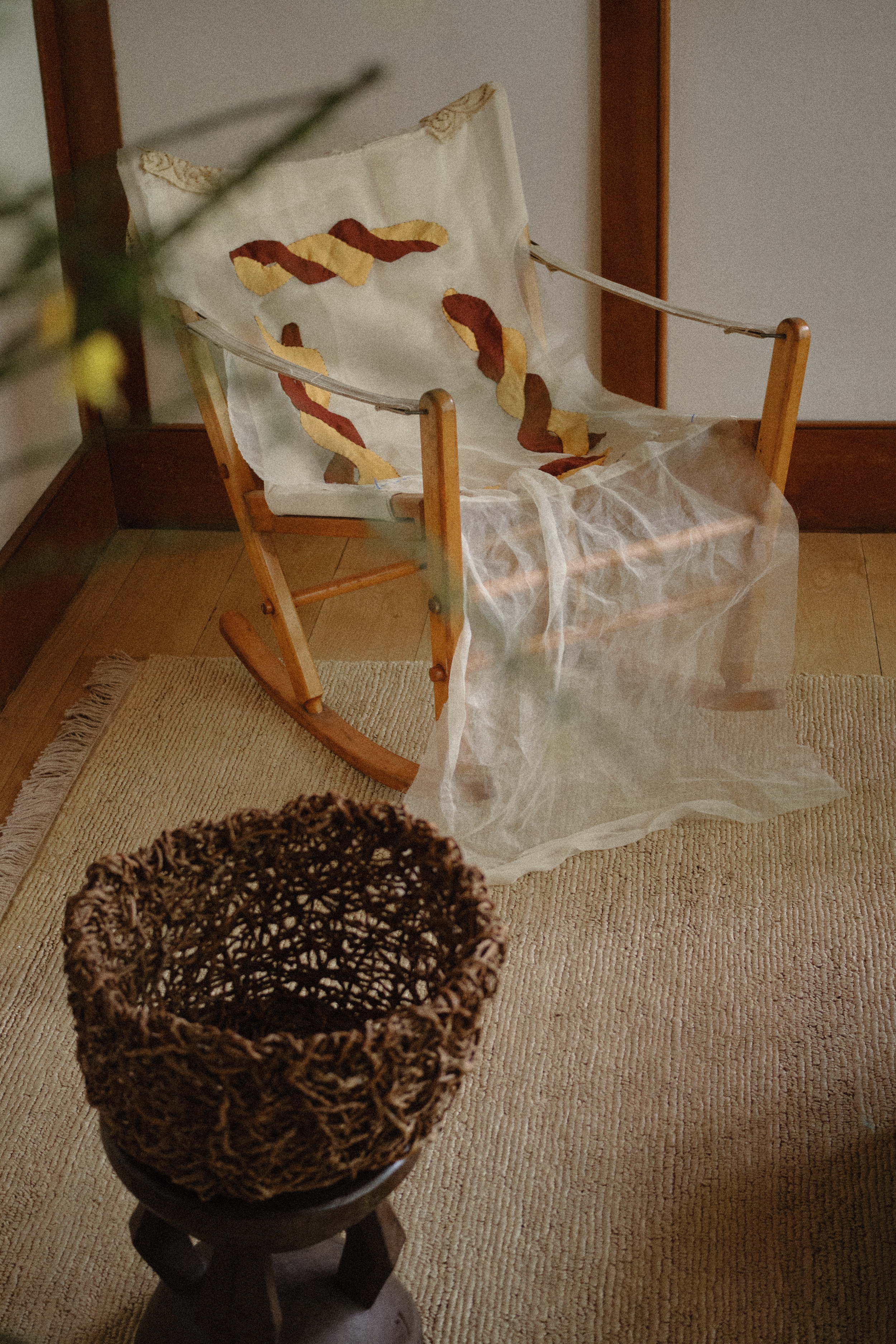
Ogruno, who creates furniture that references her family and upbringing, noted that she is ‘first a builder.’ While she trained in industrial design, a woodworking class in school shifted her focus to a practice that included design and fabrication. Her pieces in the show included five chairs, side tables and stools that reflect how she’s able to expertly manipulate wood by making very precise geometric dimensions and coaxing organic silhouettes from them.
Receive our daily digest of inspiration, escapism and design stories from around the world direct to your inbox.
And among these objects, Smith-Brown, who worked in publicity before opening her floral design studio Olivee, placed arrangements composed of flowers, alliums, and grasses—plants that nodded to her Jamaican roots.
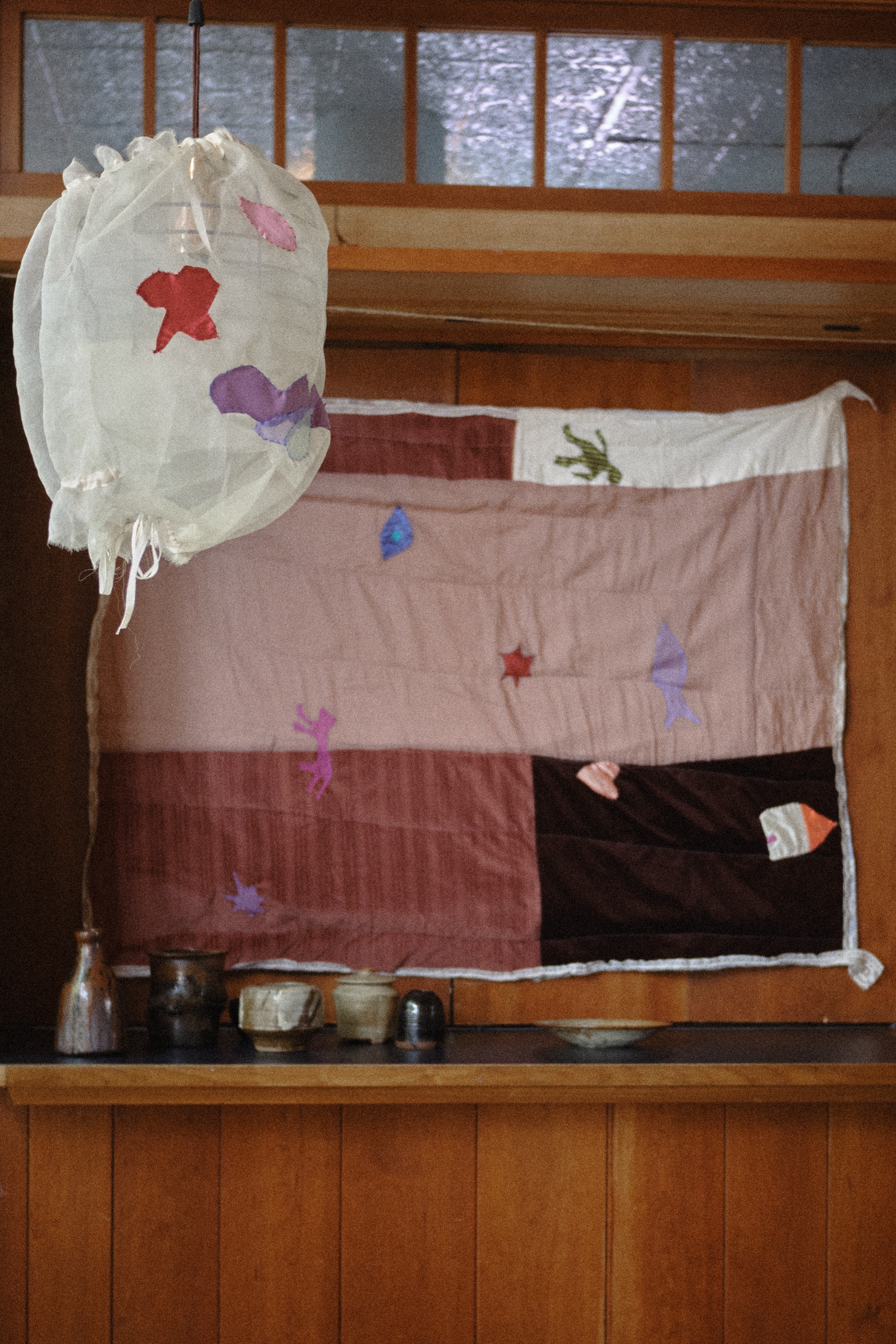
Recognizing how the entire arc of an object, not just the final result, is significant, Trice structured the process of making ‘Innerwoven’ to be more relaxed and intimate. He invited Ogunro, Nsikak, Dunn and Smith-Brown to see the space where the show would be held and then asked them to create something for it, not knowing what those items would be. He and sound designer Yotam Rodriguez also interviewed each artist about what inspires them, their heritage and their practice, and created a soundscape based on those elements, which they then distributed to the group.
‘Often in the spaces of design and art, there's been a shortage of people showing up for women of colour in a way that gives them the range to create and allows them to create in a way that feels safe for them,’ says Trice, who added antique African sculptures, baskets woven by Indigenous women and ceramic vessels from a collective of senior women in the South to the exhibition.
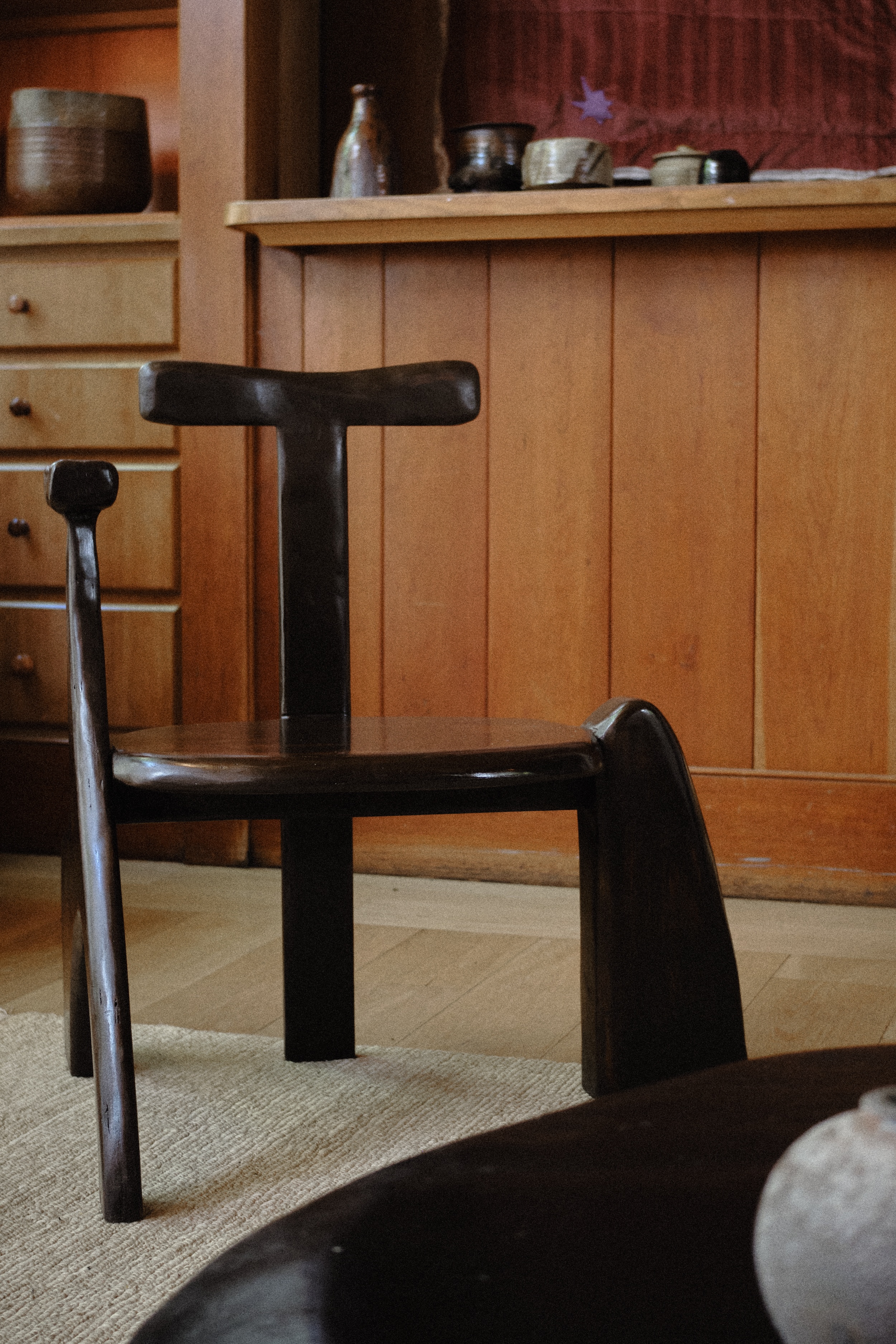
The exhibition is also a critique of the ebb and flow of corporate diversity, equity and inclusion initiatives, Trice says, and how they weren’t sustainable as practiced. ‘It shows what compassionate collaboration looks like,’ he adds. ‘Often we're trying to squeeze creatives into these boxes and I hope people come away feeling energized and that the artists were able to produce with ease.’
‘Innerwoven’ is on view at the Standard East Village through 31 May, 2025.
Diana Budds is an independent design journalist based in New York
-
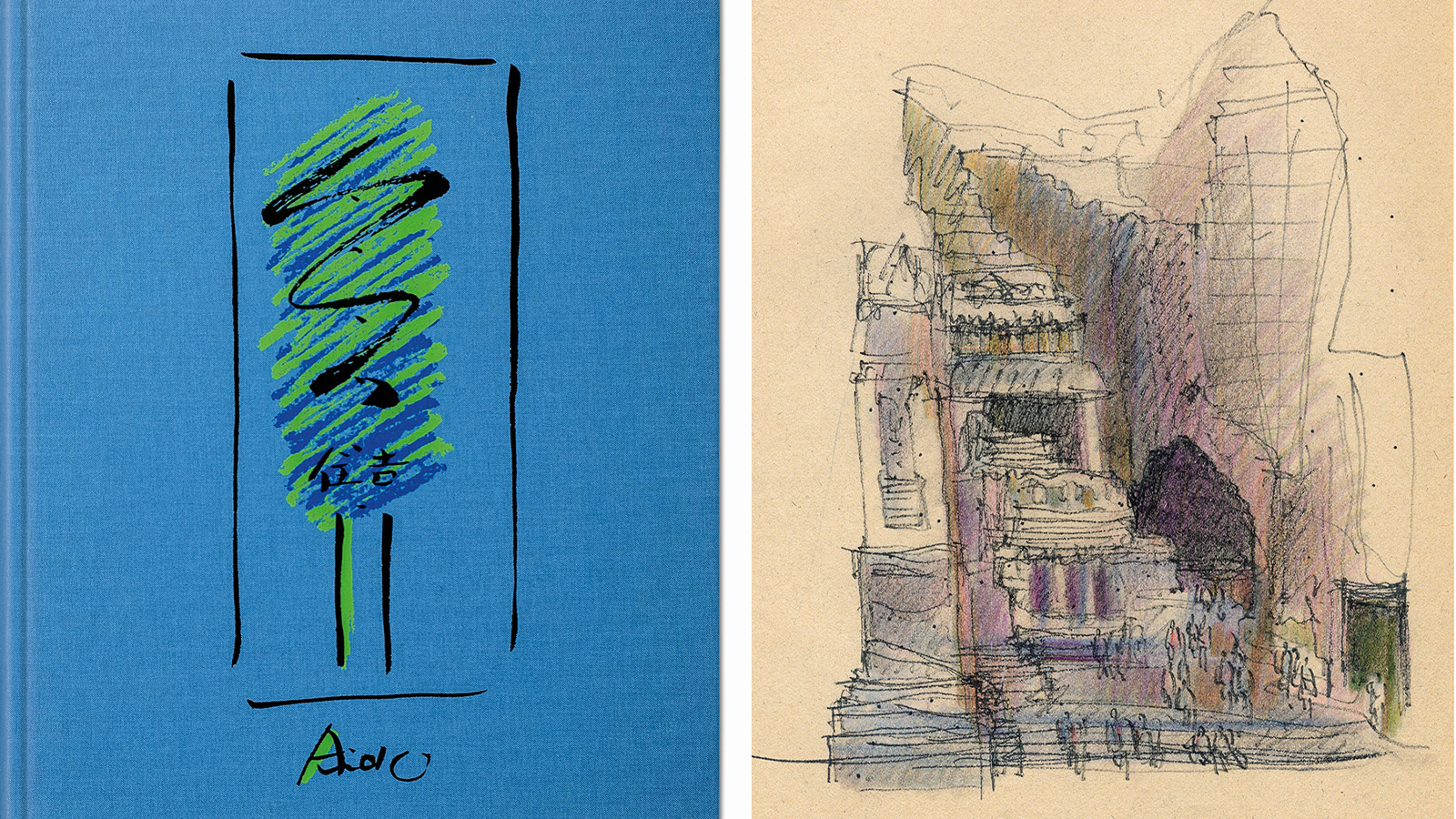 A new Tadao Ando monograph unveils the creative process guiding the architect's practice
A new Tadao Ando monograph unveils the creative process guiding the architect's practiceNew monograph ‘Tadao Ando. Sketches, Drawings, and Architecture’ by Taschen charts decades of creative work by the Japanese modernist master
-
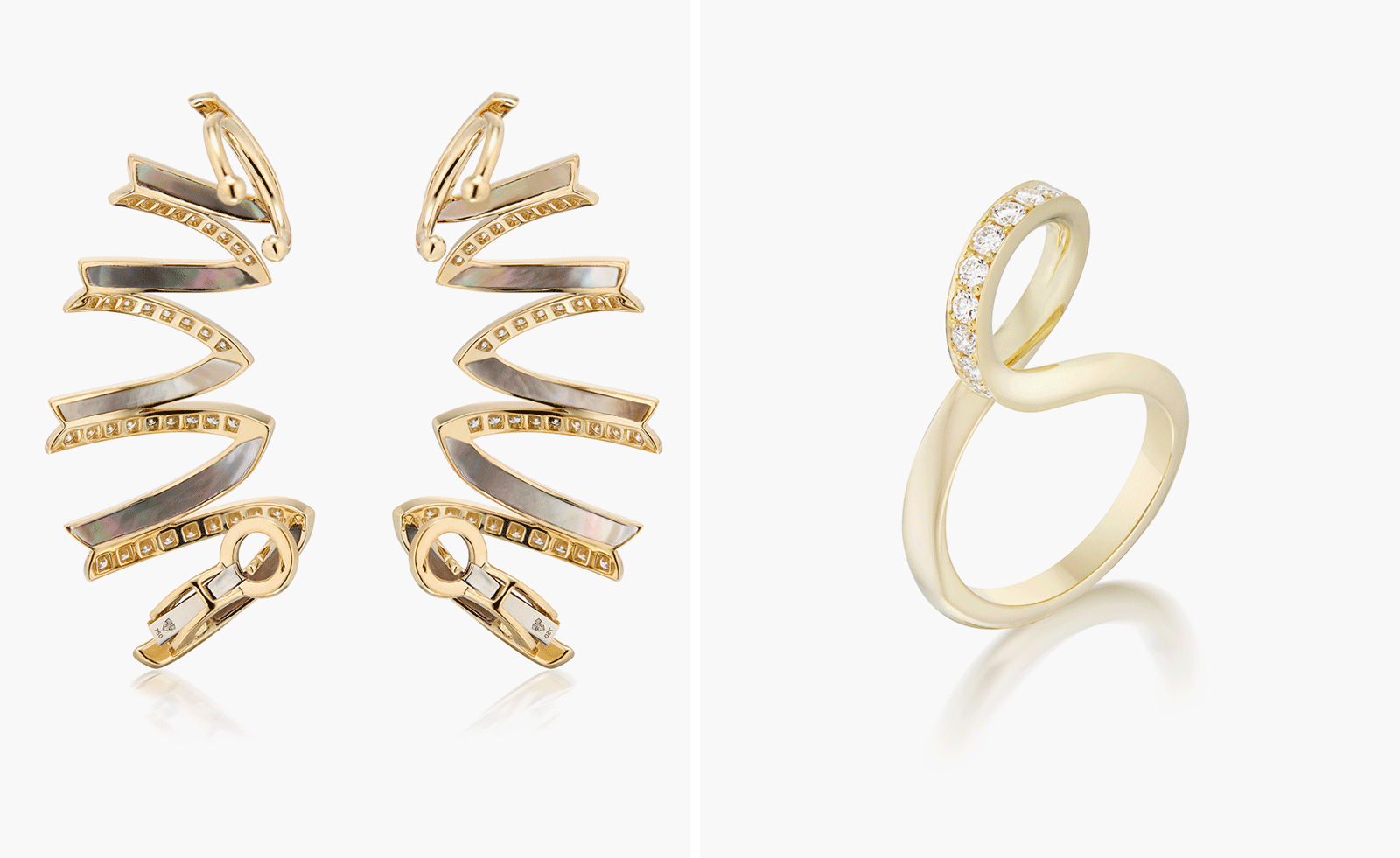 Inside the sculptural and sensual philosophy of jewellery house Renisis
Inside the sculptural and sensual philosophy of jewellery house RenisisSardwell, founder of jewellery house Renisis, draws on sculpture, travel and theatre to create pieces that fuse sensual form with spiritual resonance
-
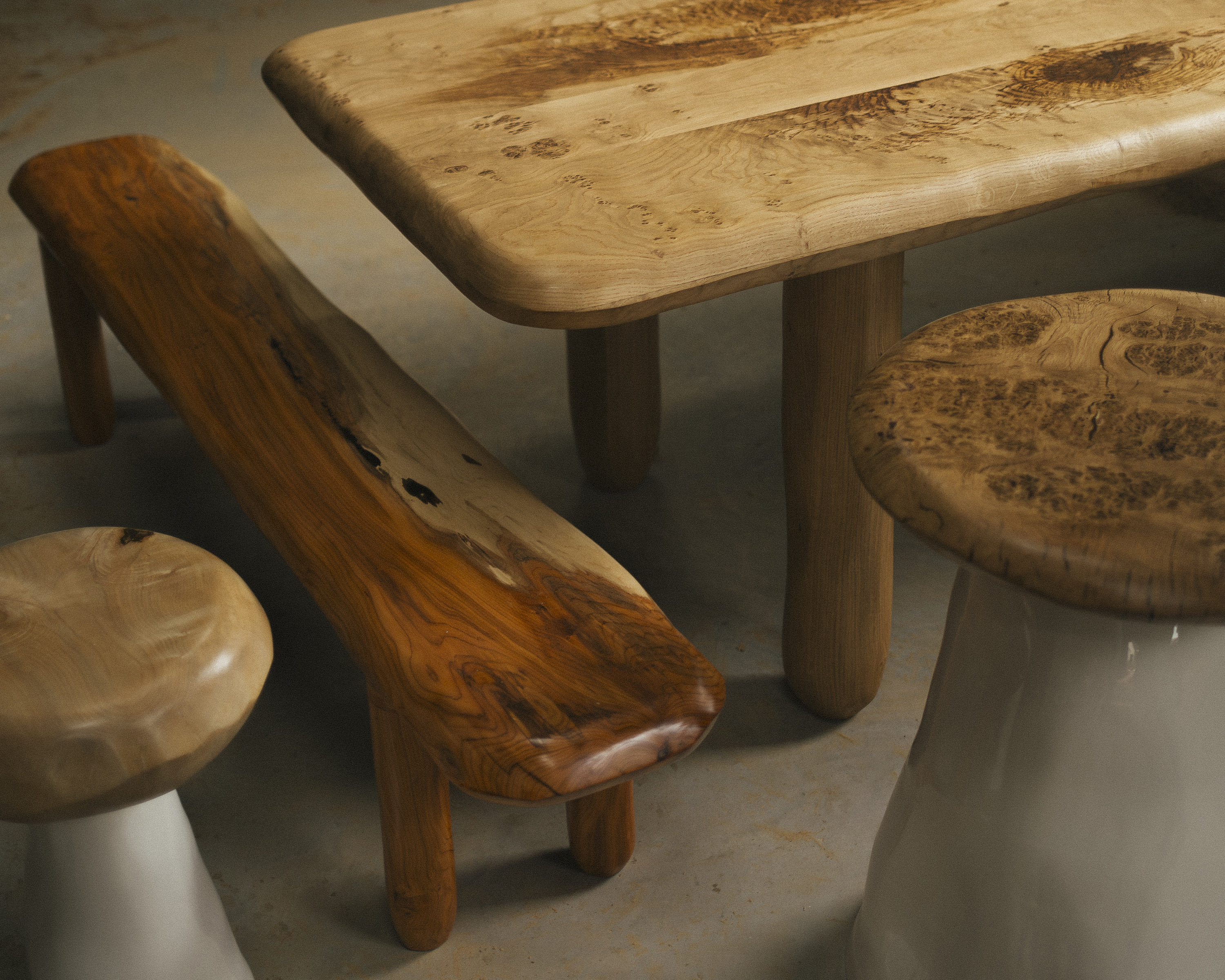 Feldspar's furniture is designed to make you smile
Feldspar's furniture is designed to make you smileFeldspar's furniture debut includes a dining table, side tables, a bench, a floor lamp and the possibility of a cheval mirror, all made in their workshop in Devon